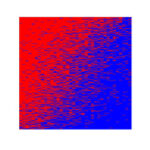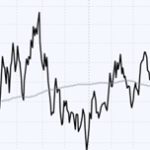
Market-ETF Report – Large Techs Lead – Pennants/Flags Abound – XLU-XLP-KIE Set Up
Even though small-caps and mid-caps are dragging their feet, Nasdaq 100 stocks are leading with the highest percentage above their 200-day SMAs. This is a positive sign for large-cap stocks and stocks in the Technology sector. In addition, SPY and QQQ are holding their May 12th breakouts and 200-day SMA. Again, this is positive for large-caps and tech stocks. Small-caps and mid-caps are still






